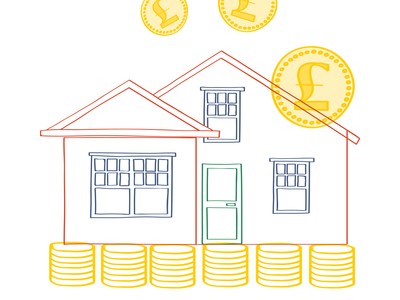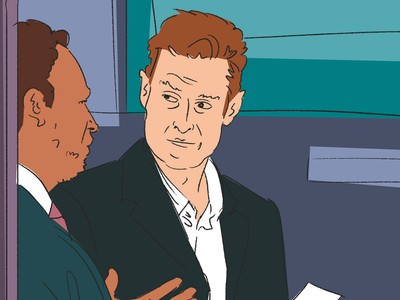A business has a high degree of operating leverage when a high proportion of its costs are fixed: whether the company sells one item or 20, these fixed costs don’t change much. As a business grows, its cost base won’t grow proportionally with sales and so the costs are spread over a greater number of units sold and thus the cost per sale falls. This leads to rising margins and has the effect of letting profits grow faster than sales.
For an example, imagine a fictious software company. Software companies often exhibit operating leverage as the fixed cost of producing the software – think research and development (R&D) costs – are relatively high, but the incremental variable cost associated with selling one more software license is almost nothing. As the software company sells more licenses, the cost of producing the software is spread over more and more units and thus the cost per unit falls and margins increase.
To flesh this out, imagine the software company makes £100m sales in year one and has £30m of fixed costs and £50m of variable costs. In year one, profit is £20m, so the margin is 20% (£20/£100m). If sales increase 10% per annum over five years and we assume variable costs grow in line with sales, but fixed costs remain the same, sales will increase to £161.1m but costs will only increase to £110.5m, leaving profit of £50.6m or a 31% margin. If instead we assume the same total costs but only £10m are fixed with the remaining £70m variable, that same 20% starting margin only expands to 24% over the five-year period.




